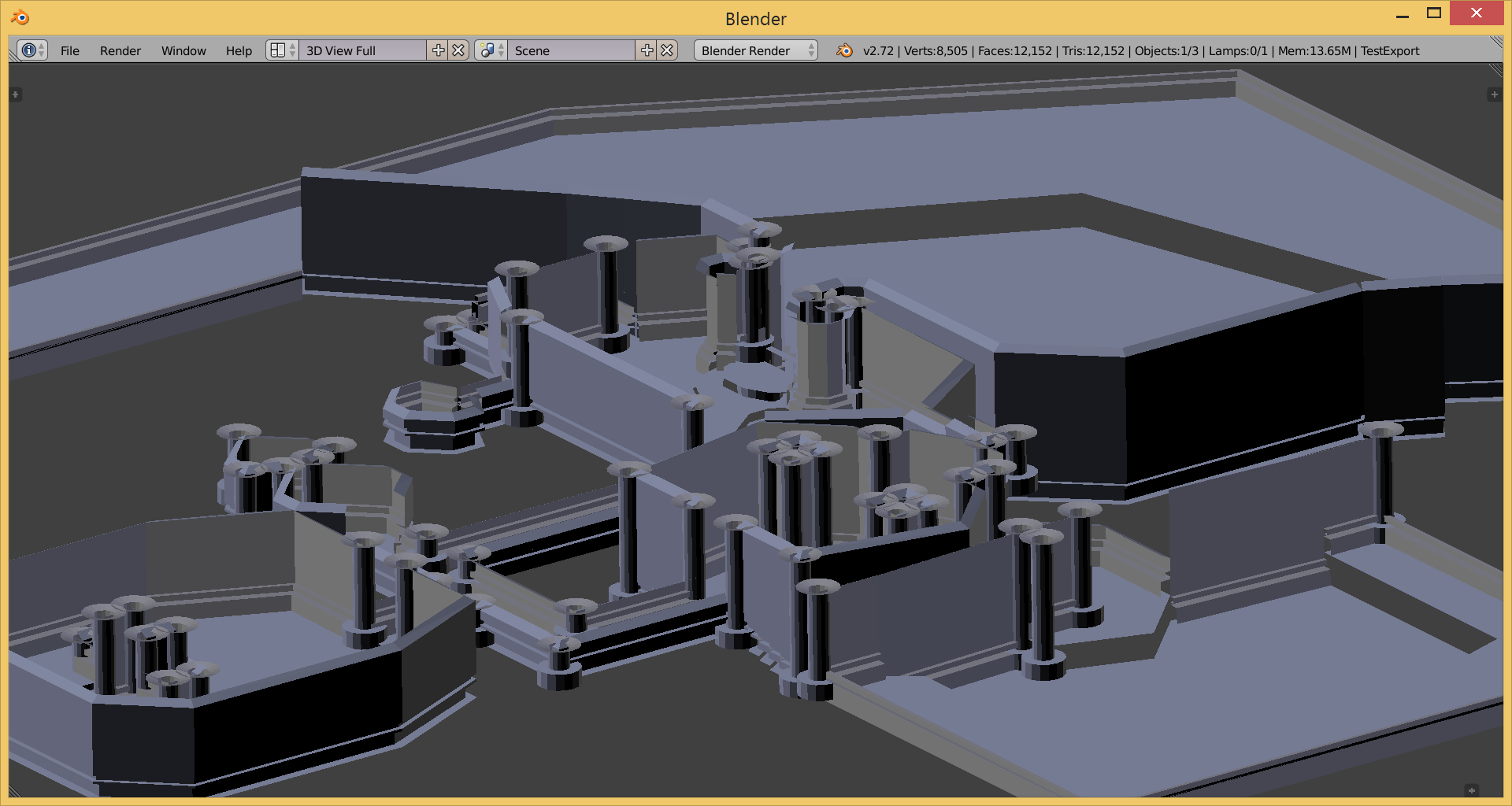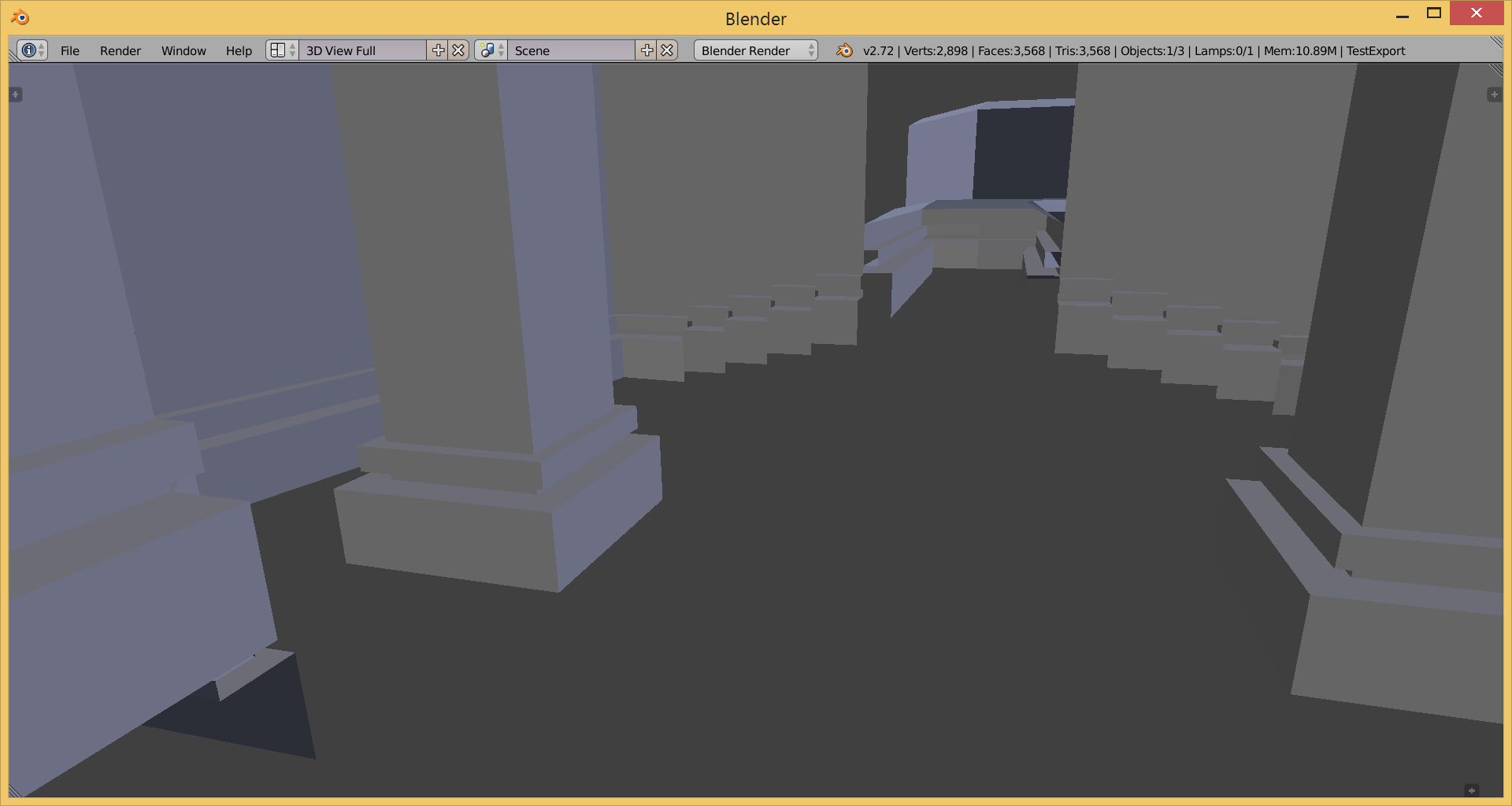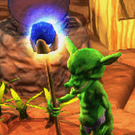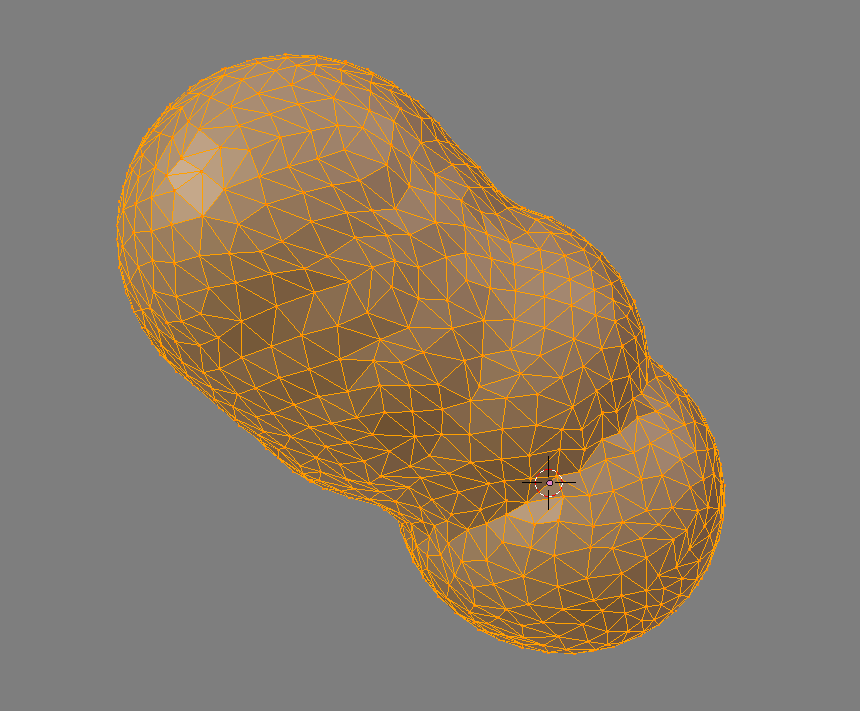I’ve dumped off a bunch of my procedural geometry helpers:
https://github.com/JSandusky/Urho3DProcGeom
Highlights are lofts, lathes, Carve-CSG, and a bunch of miscellaneous helpers ranging from dumping UV chart images to calculating normals.
Even just the basics of working with Carve should be useful for someone.
I use it to do stuff like this:


In those images I’m using
LoftSpine
and
Lathe
to take the 2d half-edge of a
UDMF
map (Doom2 Map01 here) and refine it. These are just old test shots so they’re naive (seam issues).
Laplace stuff is a WIP, wasn’t as easy to port over as I’d hoped (rigidly defined vs undefined vertex structure). There’s a CGA -like volume grammar that I’m sorting out the license issues with which I’ll toss in there later if that goes well.
The dependencies (ParShapes, Carve, LibIGL, and Eigen) aren’t included in the repo and it’s assumed you’ll know how to set them up as a litmus test. It’s really all just dump-code that you can lift as desired though.
IGL and Eigen aren’t strictly required.
If something doesn’t work, or you can’t figure out how to set it up to build, ask away.


